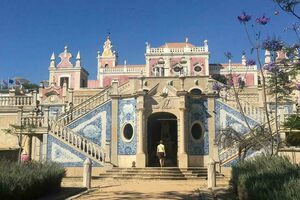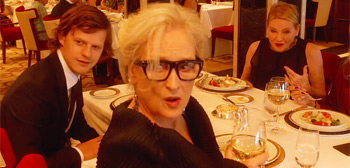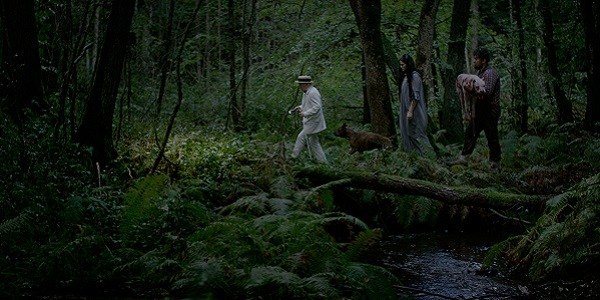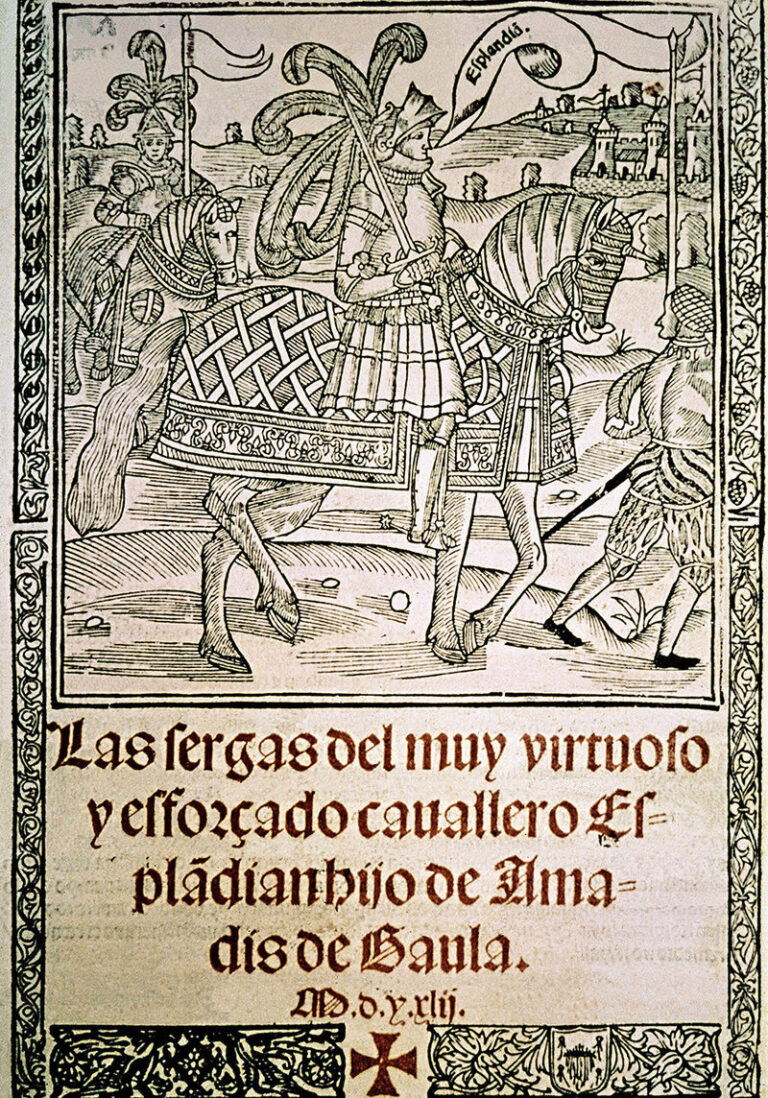Palace of Estoi in Faro, Portugal

This former stately home had a fragmented history before it was renovated into a luxury hotel.
Construction on the home began in the 1840s. However, work ceased when the owner died and the structure stood incomplete for many years. That is until local businessman, José Francisco da Silva, financed a project with his fortune to complete the grand design.
The result was a unique example within Portugal of Romantic-style architecture with its fine pink rococo façade and Versailles-style gardens. Inside, the palace has a rococo-style décor, with frescoes, elaborate carvings, wood paneling, ornate stucco ceilings, and gilded furniture. The gardens are arranged on three levels, all connected by grand staircases decorated in vibrant blue azulejo tiles with hidden grottos below. Construction of the palace was completed in 1909.
The grand palace, with its luxurious neoclassical details along with the work of Silva, was noticed by King Carlos I, who was so impressed that he appointed Silva the title of Viscount of Estoi.
After Silva’s death in 1926, the palace then passed between several family members and new owners. In 1977, the palace and its gardens, fountains, and statues were classified as a Property of Public Interest. By the 1980s, the estate had fallen into a state of disrepair and it was eventually acquired by Faro Municipal Council.
The restoration of the palace and grounds was financed by the Portuguese Tourist Office, and the palace was converted into a Pousada (a state-owned hotel in a building of historical interest). Restoration and renovations were completed in 2009 by award-winning architect Gonçalo Byrne. It was then converted into a luxury hotel.





